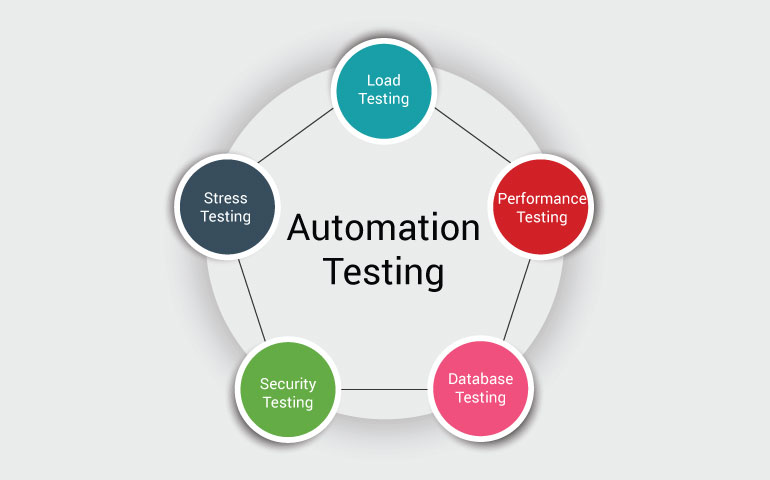Codeless automation identifies a new type of test automation where testers or non-developers could create automated checks without writing computer code. The goal is usually to simplify the automation process, rendering it accessible to persons who may certainly not have a strong programming background. Codeless automation tools offer graphical user cadre (GUIs) and instinctive features that permit users to style, build, and perform automated tests via visual elements in addition to predefined actions. In this article are key features related to codeless automation:
Graphical Consumer Interface (GUI):
Codeless automation tools usually offer an user-friendly GUI that permits users to create plus manage test situations using drag-and-drop efficiency and visual representations.

Predefined Actions:
As opposed to writing lines of code, users could leverage predefined actions or commands offered by the automation tool. These actions may include clicking buttons, filling forms, verifying components, and navigating from the application.
Record and even Playback:
Some codeless automation tools offer a record-and-playback feature in which users can connect to the application, in addition to the tool data those interactions since automated test actions. The recorded ways can then end up being played back in order to repeat quality.
Data-Driven Testing:
Codeless motorisation tools often support data-driven testing, enabling users to input different sets involving data for their particular tests without publishing code.
check here :
Users can produce reusable components or modules that encapsulate a series regarding actions, making that easier to keep boost tests.
Cross-Browser and Cross-Platform Tests:
Many codeless motorisation tools support tests across various windows and platforms with no requiring users in order to write platform-specific or even browser-specific code.
Cooperation and Integration:
Codeless automation tools may possibly provide collaboration functions, allowing teams to function together on check automation projects. They could also integrate to tools in typically the software development and even testing ecosystem.
Visual Validation:
Some codeless automation tools incorporate visual validation functions in order to screenshots and even detect visual variations between expected and even actual results.
Low-Code Platforms:
Codeless robotisation is often associated along with the broader concept of low-code platforms, in which applications are created with minimal hand-coding, using visual advancement tools.
Simplified Maintenance:
Codeless automation resources aim to make simpler test maintenance by simply providing features that will make it less difficult to update testing when the app undergoes changes.
Whilst codeless automation presents advantages in words of accessibility plus ease of make use of, it may have constraints in handling intricate scenarios or particular technical requirements. Throughout some cases, agencies may use the combination of codeless and code-based motorisation to address different aspects of the screening needs. Ultimately, the particular choice between codeless and code-based automation depends on the particular specific requirements involving the testing task and the ability set from the screening team.
